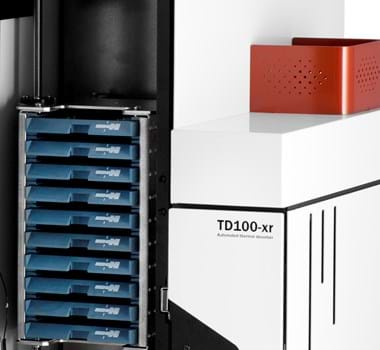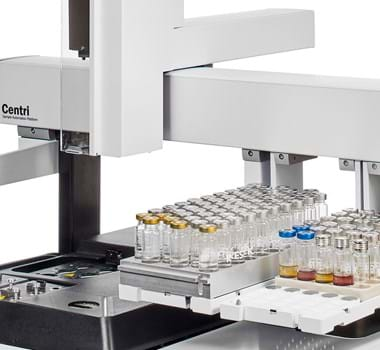
Latest information
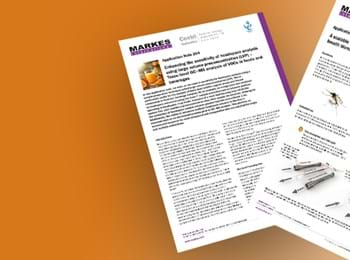
Measurement of ethylene oxide with other air toxics from fugitive and area sources
Explore![Markes TD Brochure Hero3 Corepurple[2]](/media/zmscvqds/markes-td-brochure-hero3-corepurple-2.jpg?crop=0.55128205128205132,0,0,0&cropmode=percentage&width=350&height=260&rnd=132399686846500000)
TT24-7NRT
Explore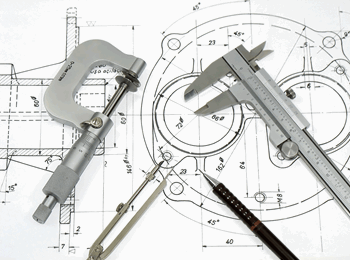
NuVo 200
Explore
PFAS emissions from food contact materials
Explore
Optimising automated GC–MS analysis of fragranced and aromatic products to improve product differentiation
Explore
Advanced GC–MS techniques in polymer chemistry
Explore
Fast, highly sensitive extraction of cheese volatiles using milder sampling conditions with vacuum-assisted SPME–trap and multi-step enrichment
Explore![Markes TD Brochure Hero3 Corepurple[2]](/media/zmscvqds/markes-td-brochure-hero3-corepurple-2.jpg?crop=0.55128205128205132,0,0,0&cropmode=percentage&width=350&height=260&rnd=132399686846500000)
Re-collect 10
Explore
Selecting a HiSorb™ phase type for your application
Explore![Markes TD Brochure Hero3 Corepurple[2]](/media/zmscvqds/markes-td-brochure-hero3-corepurple-2.jpg?crop=0.55128205128205132,0,0,0&cropmode=percentage&width=350&height=260&rnd=132399686846500000)
Dual-TD
Explore
TD100-xr thermal desorber – system familiarisation
Explore
Monitoring of ozone depleting substances and greenhouse gases – product portfolio
Explore
What is thermal desorption?
Thermal desorption (TD) is a versatile preconcentration technique for gas chromatography, which is used to analyse volatile and semi-volatile organic compounds from solids, liquids or gases.
Find out more by downloading our introductory e-book which explains more about the technique and it's place in the analytical laboratory
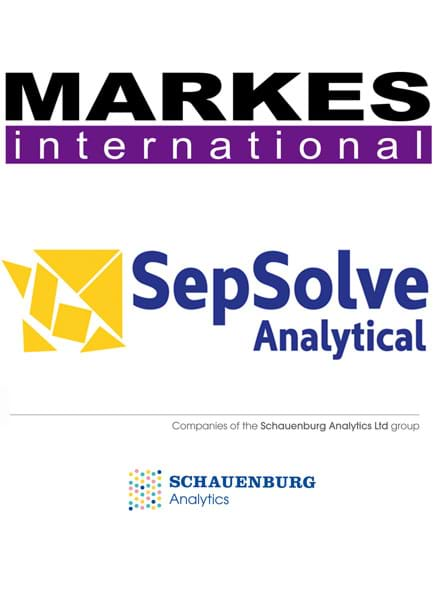
Markes International
Markes International is a multi-award-winning manufacturer of instrumentation and supplies that enhance the analytical capability of GC–MS. Markes has a well-deserved reputation for its technology expertise in the field of sample automation and concentration (thermal desorption, SPME, headspace and high-capacity sorptive extraction). Markes' products are used for the detection of trace-level VOCs and SVOCs in solids, liquids and gases. The company's systems are sold worldwide, through its own global offices and network of distributors. Markes' customers encompass research, government and industrial/service laboratories, in a wide range of sectors from environmental monitoring to materials testing, and food & beverage analysis.
Markes' sister company, SepSolve Analytical Ltd, is a manufactuer of GC×GC, time-of-flight mass spectrometers and associated software
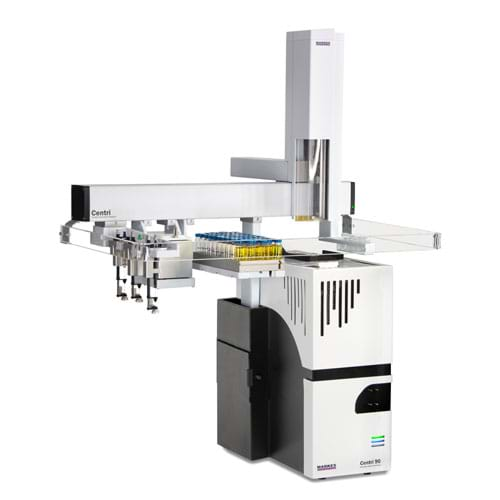
Upgrade your PAL3 autosampler and get 25% off
Maximise the potential of your GC–MS, and increase the sensitivity of your existing headspace and SPME analysis, by adding Markes’ trap-focusing technology. Buy a Markes Centri 90 or Centri 180 at a 25% discount and get more from your analysis, and even expand your laboratory capabilities to include thermal desorption and high-capacity sorptive extraction (HiSorb™) techniques.


